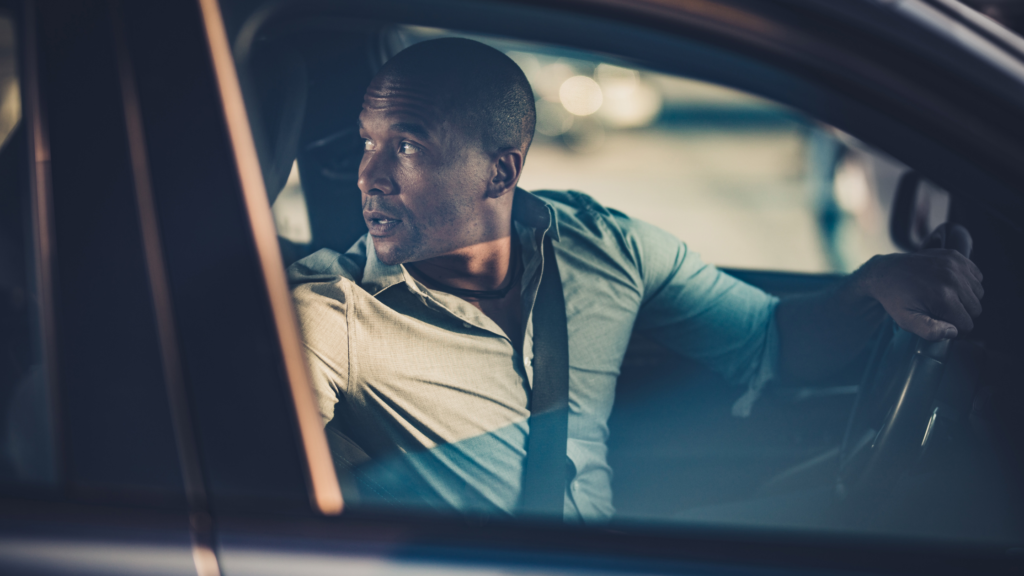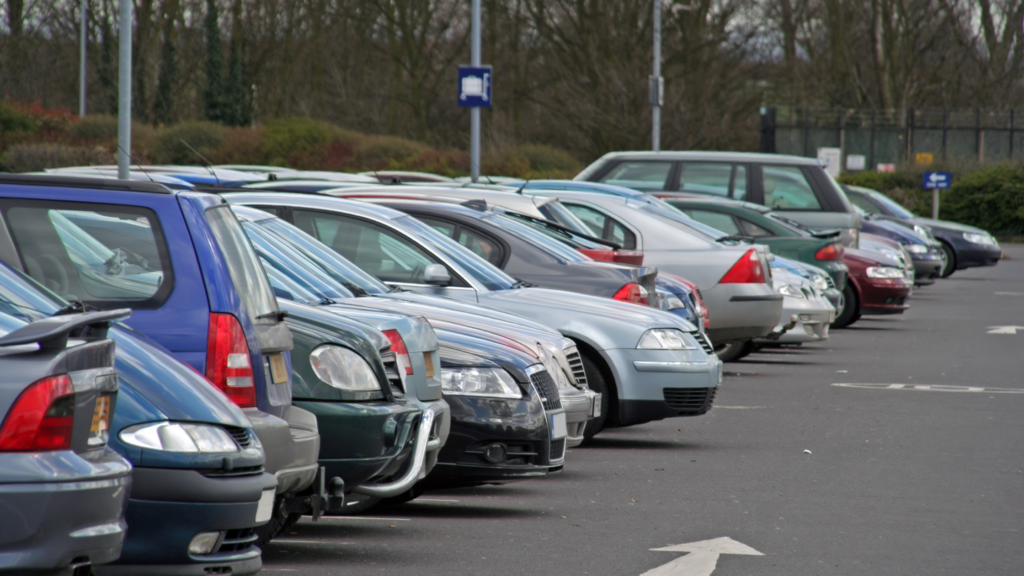- News
- The Great Parking Debate: What’s Safer, Back In or Pull Forward?
The Great Parking Debate: What’s Safer, Back In or Pull Forward?

Several years ago, AAA recommended that drivers should back into parking spaces for safety reasons. But it’s taken a while for that idea to take off. Fortunately, in 2018, back-up cameras became standard equipment on vehicles sold in the United States. As a result, more and more of us have been discovering the enhanced safety and ease of parking our vehicles in reverse gear. By that, we mean backing into parking spaces rather than nosing your way in face first, preventing Michigan car accidents.
Based on the many who go into their parking spots tailgate first, pickup truck drivers may have known the elusive “backing-up secret” for years, avoiding many truck accidents in Michigan. But now that more of us have the luxury of a better view to the rear, the number of folks who safely reverse into vacant spaces seems to be growing.
Why could parking backwards be considered safer?
There are a number of reasons parking “backwards” can be considered safer than the traditional nose-in parking method . Let’s consider a few.
First, it’s been more than three years since back-up cameras became standard on new cars and trucks in May 2018. The reason for the camera mandate is clear: Every year, hundreds of people were dying and thousands more were being injured and/or wrongfully killed when they were hit by vehicles moving in reverse. Seeing what’s behind you with a camera makes backing up to park easier and safer than it had previously been, allowing you to avoid a pedestrian accident or collision with another motor vehicle.
Second, when you drive into a parking space going forward, you must usually leave the spot by backing out. Think of it this way — whether you’re coming or going, you’ll have to back up at least once when you either enter the parking spot or depart from it. So, if you drive into the parking spot nose first, you’ll always have to leave it in reverse, which can make it difficult to see oncoming traffic when you’re departing and possibly cause a side swipe car accident. On the other hand, if you had backed into the parking spot to begin with, you’ll be going the right direction when you depart, and can easily see cars and pedestrians moving through the parking lot, making it easier to avoid an unwanted hit and run accident from a negligent driver. Simply look both ways, and (if traffic is clear) you’re good to go!

Third, a bit of elementary physics can help explain why it’s easier to back into a narrow parking space. It may be easier to consider a shopping cart than a car for a moment. Imagine you’re pushing a heavily filled cart down a grocery store aisle. If you’ve passed the ketchup and suddenly realize it’s on your grocery list, is it easier to completely spin the cart around, or to simply reverse direction and move back up the aisle to approach the bottle of Hunt’s or Heinz you want to buy? Most of us would probably just back up. Folks who are paid to retrieve empty shopping carts from grocery store parking lots also know this secret: It’s usually easier to precisely navigate a cart by pushing it backwards and steering with the front wheels. The same principle applies with forklift trucks in warehouses, which are equipped with rear-wheel steering to make it easier to accurately move cargo containers and pallets. Simply put, rear-wheel steering makes forklifts, grocery carts — and your family vehicle — more precise to maneuver in tight spaces.
Fourth, there can be inconvenient moments when you might need to jump start your car’s dead battery. If you’ve parked the car with its engine against another parked vehicle, reaching the battery (which is usually in the engine compartment) can be challenging. However, by backing into the parking spot, you make your battery far more accessible should you ever need to clamp on those handy dandy jumper cables for a boost!
So far, we’ve mostly described typical parking lot situations where backing in makes sense for safety and convenience, but the same theories apply to parking in your driveway. Consider the following two choices when you’re leaving for work on a busy morning:
1) Would you rather back out onto the street from your driveway, hoping that you’ve seen oncoming traffic to the left and right before stepping on the gas?
Or …
2) Would you prefer to leave your driveway going forward, easily turning your head both ways to check for traffic, and then safely entering the roadway?
Once you’ve thought about it, we believe you’d choose the second option.
And a final reason to back into your garage or driveway: Your car’s trunk and back seats will be closer to your home’s front door, which can make it easier and faster to remove kids, groceries, and other cargo, and carry them inside. When retrieving groceries during a thunderstorm, you’ll be even more grateful you backed in!
Safer parking could mean fewer lawsuits… and that’s a good thing
When dentists first recommended fluoridating water to cut cavities, pundits said they would be putting themselves out of business. But we still have dentists — and some of us still get cavities! The same thinking applies here. At Mike Morse Law Firm, we would be elated beyond words to know that this blog post helped save a child’s life or prevented a reader from backing out of a parking space and injuring or killing an innocent person. It would probably make that driver happy, too!
While our Michigan personal injury attorneys are dedicated to representing people who’ve been victimized by negligent or careless drivers, we also know that our clients have suffered physically and emotionally. Hopefully, after reading and learning why it’s safer to back in to a parking spot, you’ll be less likely to cause anyone that kind of pain … or to be sued for doing so. Of course, if you or someone you love are injured by one of the many people who won’t read this posting, we’ll be here for you, too. Just call our Michigan car accident attorneys at 855-MIKE-WINS (855-645-3946) or get in touch with us online. We’ll even back into your driveway if needed.

Content checked by Mike Morse, personal injury attorney with Mike Morse Injury Law Firm. Mike Morse is the founder of Mike Morse Law Firm, the largest personal injury law firm in Michigan. Since being founded in 1995, Mike Morse Law Firm has grown to over 200 employees, served 40,000 clients, and collected more than $1.5 billion for victims of auto, truck and motorcycle accidents. The main office is in Southfield, MI but you can also find us in Detroit, Sterling Heights and many other locations.








